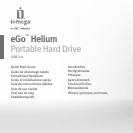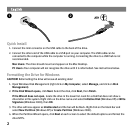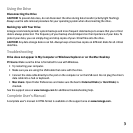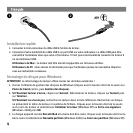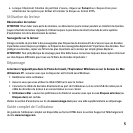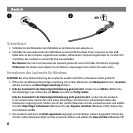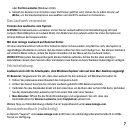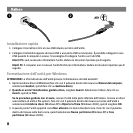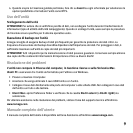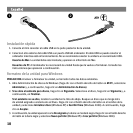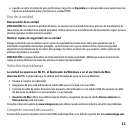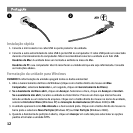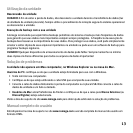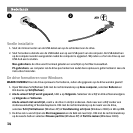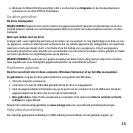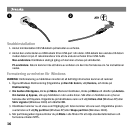
2
Quick Install
1. Connect the mini connector on the USB cable to the back of the drive.
2. Connect the other end of the USB cable to a USB port on your computer. The USB cable can be
connected to the computer while the computer is running. Connecting the drive to a USB hub is not
recommended.
Mac Users
: The drive should mount and appear on the Mac Desktop.
PC Users: Your computer will not recognize the drive until it is reformatted. See instructions below.
Formatting the Drive for Windows
CAUTION! Reformatting the drive will erase all existing data!
1. Open Windows Disk Management (right click on My Computer, select Manage, and click on Disk
Management).
2. If the Disk Wizard opens, click Next. Select the disk, click Next, then Finish.
If the Wizard does not open, locate the drive in the lower list. Look for a disk that does not show a
drive letter or file system. Right click on the drive name and select Initialize Disk (Windows XP) or Write
Signature (Windows 2000), then
OK.
3. The drive will now appear as Unallocated and the bar will be black. Right click on the black bar and
select
New Partition (Windows XP) or Create Partition (Windows 2000).
4. When the Partition Wizard opens, click Next at each screen to select the default options and format the
drive NTFS.



